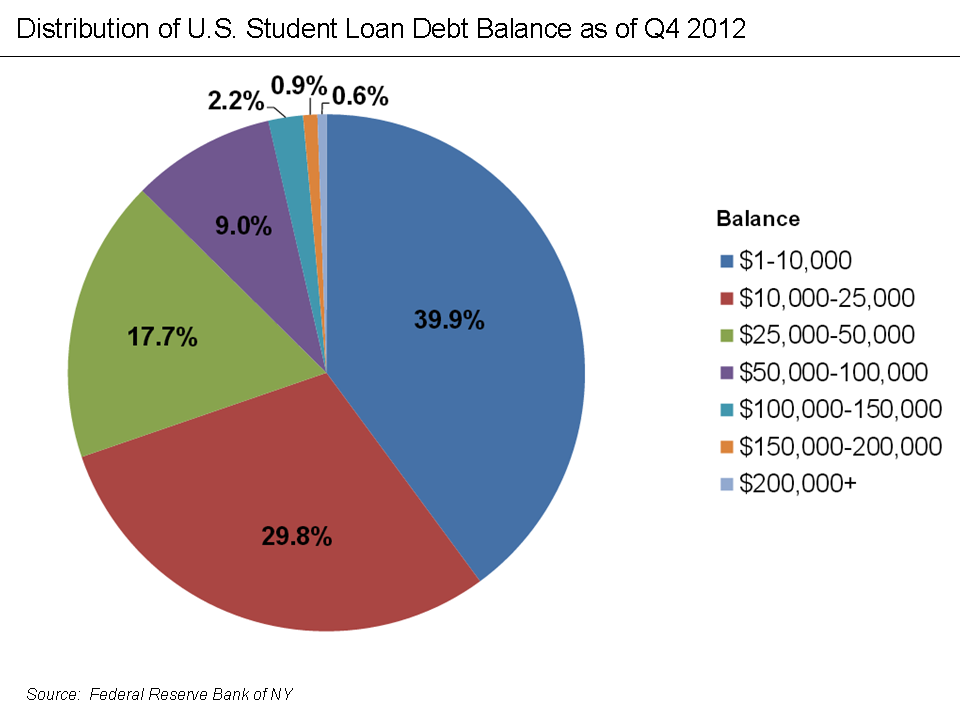— From How Interest Grows, to Early Repayment Strategies and Refinancing Checklists

1) Why Student Loans Act Like Compound Debt
- During school, grace, or deferment, unpaid interest accrues.
- At certain points, that unpaid interest is capitalized (added to the principal).
- Once capitalized, new interest accrues on the higher balance, creating a compound effect.
- Some countries officially label loans as “simple interest,” but with capitalization events, the borrower experiences them as if they were compound loans.
Compounding is not evil — but ignoring it makes repayment much more expensive.
2) The Power of Compounding in Numbers
Scenario: Principal $20,000, interest rate 5.5%, repayment term 10 years
- Standard Repayment (no extra payments)
- Monthly payment ≈ $217.05
- Total interest: $6,046
- With $50 Extra Each Month
- Loan shortened by 28 months (120 → 92)
- Interest saved: $1,492
Capitalization Cost (if unpaid during 4 years of school):
- Accrued interest ≈ $4,400 → New principal = $24,400
- New monthly payment = $264.80
- Extra interest over repayment: ≈ $1,330
- Total cost = “interest on top of interest”
👉 Takeaway: Avoid capitalization or shrink the principal early — this determines how much you’ll really pay.
3) Seven Practical Early Repayment Tactics
- Block capitalization: Even in deferment, pay the accruing interest.
- Minimum + extra: Add $20–$100 per month consistently.
- Principal-only payments: Ensure extra payments are applied to principal only, not future interest.
- Use windfalls: Tax refunds, bonuses, side hustle cash → lump-sum payments.
- Biweekly schedule: Split monthly payment in half and pay twice a month → reduces average balance.
- Autopay discounts: Many lenders cut rates by 0.25% with autopay → saves hundreds over a decade.
- Prioritize high-interest debt first: Clear credit cards or personal loans before accelerating student loans.
4) Refinancing (When and How to Consider It)
A) When Refinancing Helps
- Rates drop significantly: Example, $24,400 balance, 10 years at 5.5% → 4.2%
- Monthly payment: $264.80 → $249.36
- Total interest saved ≈ $1,853
- Shorter repayment term: Cuts total interest even if rate is unchanged.
- Low fees and clear net savings.
B) Key Questions Before Refinancing
- What benefits will I lose?
- Federal protections, income-based repayment, forgiveness programs.
- Moving from fixed to variable rate exposes you to rising rate risk.
- What are the costs?
- Prepayment penalties, origination fees, credit score impacts.
- Compare apples-to-apples:
- Use EAR (Effective Annual Rate), not just APR.
- Compare NPV (net present value) of costs and savings.
👉 Rule of thumb: Refinancing a federal loan into private is risky unless the benefits lost are negligible compared to savings.
5) Early Repayment vs. Investing — Striking the Balance
- Build an emergency fund (3–6 months) first.
- Then: Pay off high-interest debt (credit cards) → Accelerate student loan payments → Invest long-term.
- Compare after-tax, risk-adjusted returns vs. guaranteed interest savings.
- Don’t underestimate the value of peace of mind from being debt-free.
6) Five Common Misconceptions
- “Making minimum payments is enough.” → Capitalization + compounding make this costly.
- “Refinancing is always a win.” → Losing protections or benefits may outweigh savings.
- “Autopay doesn’t matter.” → Even 0.25% can save hundreds over 10 years.
- “Extra payments roll over to next month.” → Must specify principal-only to reduce balance.
- “Investing beats repayment.” → True only if returns consistently exceed loan rate after taxes and risk.
7) Three-Step Action Checklist
Step 1 | Know Your Loan
- Rate, interest type, capitalization rules, fees, protections.
Step 2 | Cut Off the Snowball
- Pay interest during deferment to block capitalization.
- Add consistent monthly extra payments.
- Enroll in autopay for discounts.
Step 3 | Evaluate Upgrade Options
- Run refinancing scenarios with rate, term, fees, lost benefits.
- Compare total interest, monthly cash flow, and risk.
30-Second Summary
- Student loans often become compound debt once interest is capitalized.
- The best defense: prevent capitalization + repay early.
- Refinancing can help, but only if benefits lost < savings gained.
- Small extra payments today = thousands saved tomorrow.
